A comprehensive guide to attaining spinal stability
Chiropractic Economics
MARCH 21, 2025
Modern approaches to spinal stability focus on the interplay between the passive (bony and ligamentous structures), active (muscular system) and neural subsystems.Dysfunctions in any of these components can compromise stability, leading to compensatory patterns, pain and a heightened risk of injury. erector spinae , rectus abdominis ).

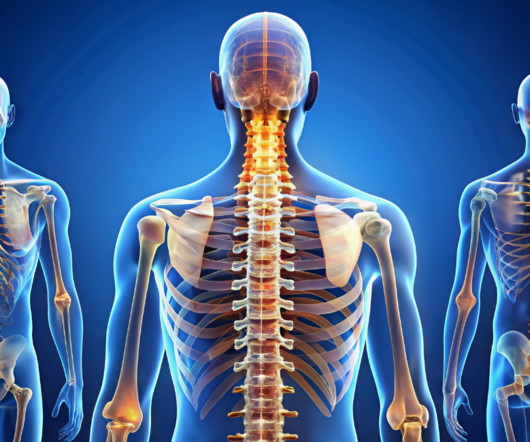


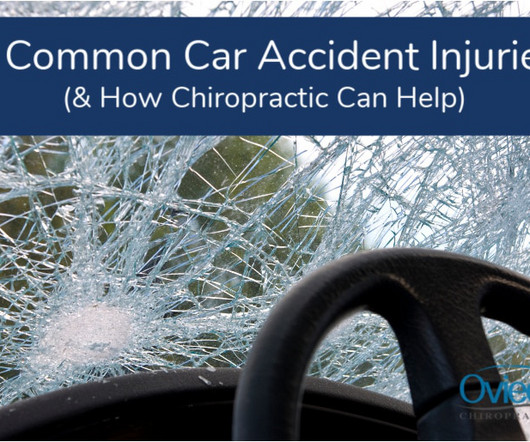
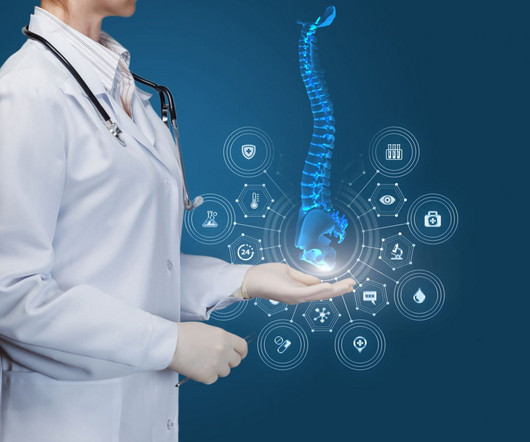



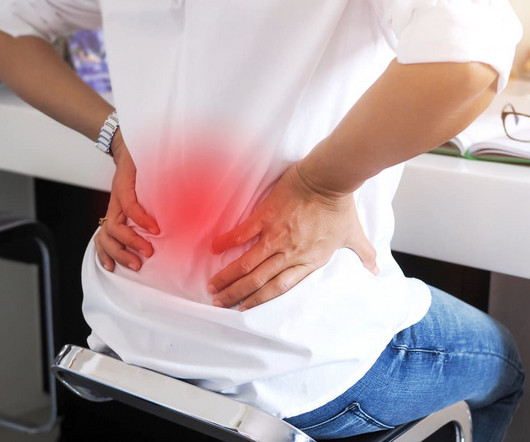
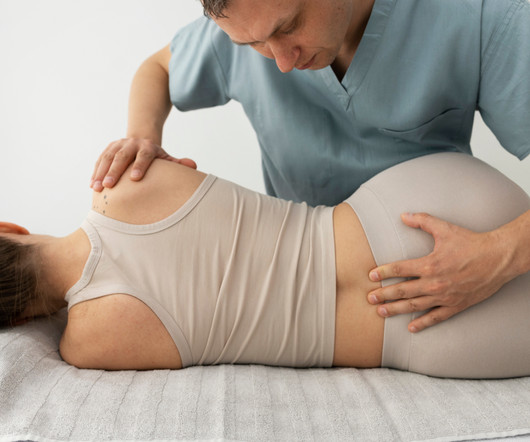






Let's personalize your content